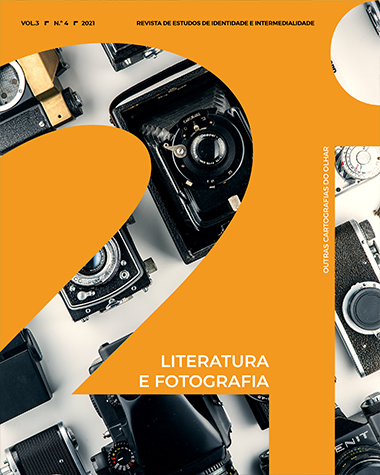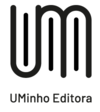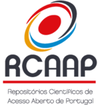Artifex Ex-Machina
DOI:
https://doi.org/10.21814/2i.3427Keywords:
Art, Computer, Photography, Turing MachineAbstract
Photography played a crucial role in artistic movements ruptures of the XIXth century, particularly in painting, being fundamental in modernism affirmation (perhaps better modernisms), being responsible for the panoply of artistic proposals, characterizing the first half of XXth century. It has been once more central in conceptualist rupture of the sixties/seventies. And it seems to play again a relevant role in the appearance of new artistic proposals, which we could call computational art, arising a new set of questions. Can computers one day create literature, art pieces? Photograph? This essay intends to discuss some of these issues, taking as a starting point a well-known article of Alan Turing and two contemporary photographic projects: The author’s Babel Archive and Orogenesis of the Catalan photographer Joan Fontcuberta.
Downloads
References
Barthes, R. (1980). La Chambre Claire. Paris: Gallimard.
Batchen, G. (2005). Photography by The Numbers. Landscapes Without Memory. Aperture, 9–13.
Baudelaire, Ch. (2014). Salon 1859. Create Space Independent Publishing Platform.
Borges, J. L. (2000). A Biblioteca de Babel. In Ficções (pp. 50–57.) Lisboa: Teorema.
Cantor, G. (2010). Contributions to the Founding of the Theory of Transfinite Numbers. Dover Books.
Fontcuberta, J. (1997). El Beso de Judas – Fotografía y Verdad. Editorial Gustavo Gili.
_____ (2001). Securitas. Editorial Gustavo Gili.
_____ (2005). Landscapes Without Memory. Aperture.
_____ (2011). Por un manifiesto posfotográfico. Cultura|s, 2–9.
_____ (2013). La Cámara de Pandora. Editorial Gustavo Gili.
Freund, G. (1980). Photography and Society. Publisher David R. Godine.
Hertzmann, A. (2018). Can Computers Create Art? MDPI Licensee. Consultado em https://arxiv.org/pdf/1801.04486.pdf.
Le Gray, G. (2016). Seascapes. Schirmer Mosel.
Loebner, H. (1991). Loebner Prize. Consultado em http://www.thocp.net/reference/artificial_intelligence/LoebnerPrize%20Home%20Page.htm.
Lyotard, J.-F. (1984). The Sublime and the Avant-Garde. Artforum, Abril 1984. Consultado em https://www.artforum.com/print/198404/the-sublime-and-the-avant-garde-32533.
Mandelbrot, B. (1977). The Fractal Geometry of Nature. Macmillan Publishers.
Roque, R. (2009). Espelhos Matriciais. Porto: FEUP.
Roque, R. (2010) Arquivo de Babel. ESE.
Sugimoto, H. (2015). Seascapes. Damiani.
Turing, A. (1950, October). Computing Machinery and Intelligence. Mind. Oxford Press, LIX(236), 433–446. Consultado em https://academic.oup.com/mind/article/LIX/236/433/986238.
Weitz, M. (1956). The Role of Theory in Aesthetics. The Journal of Aesthetics and Art Criticism. Wiley Library, 15(1), 27–35. Consultado em https://www.jstor.org/stable/i217754.
Wittgenstein, L. (1953). Philosophical Investigations. Basic Blackwell. Consultado em https://static1.squarespace.com/static/54889e73e4b0a2c1f9891289/t/564b61a4e4b04eca59c4d232/1447780772744/Ludwig.Wittgenstein.-.Philosophical.Investigations.pdf.
Downloads
Published
How to Cite
Issue
Section
License
Copyright (c) 2021 Renato Roque

This work is licensed under a Creative Commons Attribution-NonCommercial 4.0 International License.


.jpg)










